* 350-cid Chevrolet V-8 * B&M automatic transmission * Unique and well documented early 1950s custom * Dates from a seminal period in American hot-rodding * Well known in Hupmobile circles America, 1951: All over the country, young car enthusiasts, caught up in a swirling vortex of newly emerging automotive trends, are taking up the torch and building cars. Most build hot rods. Some slather lead onto late model convertibles, creating 'customized' boulevard cruisers. Others set out to create a low-slung custom sports car. Many of the resulting cars, if they are ever finished, will be ungainly. A few will be downright hideous. Some, though, will be beautiful. A handful, if they somehow survive, will endure as works of automotive art. Here is a custom roadster, begun in that seminal year of 1951 that arguably fits into the last category. The story of how a faded and worn sedan became the sleek roadster offered here leads back to that day in 1951 when Earl Ipsen, trucking a load of milk to an evaporator plant in southwest Washington State, took a detour off Highway 99 to avoid a flooded river. As he wound his way up into the foothills, Earl spotted an old car for sale. It was a 1932 Hupmobile Sedan, a striking car even in its considerably weathered condition. Earl, who had an eye for cars, had never seen another one—its deeply sculpted radiator shell, large headlamps and unusual cycle-type front fenders, nicely accented by side-mounted spares with chrome covers, made it a standout. Earl liked the distinctive look of the Hupmobile and, as he passed by it each day, began to think about how he could turn it into a sweetheart of a speedster. After some contemplation, he finally bought the car, for $50. It was towed home behind the milk truck, his wife at the wheel. "My plan was to make it a facsimile of a sports car," Earl would write in the Hupmobile Club's Hupp Herald magazine years later. (Through the Hupmobile club, Earl would also learn the '32 Hupmobiles and their 'form-fitted' fenders had been the first car styled by an industrial designer named Raymond Loewy. Just about the time that Earl was redoing his old Hupmobile, Loewy was penning the design that would become the 1953 Studebaker 'Loewy coupe'.) Earl set to work, building his speedster. A 'turret top' roof section, sliced from a '38 Studebaker sedan resting in a nearby salvage yard, provided the metal for the rounded rear deck. The body and cowl were dropped down over the frame a full six inches – Earl channeled it, a hot-rodder would say. He cut down the hood and radiator an equal amount. The doors were notched and Model A Ford seats were installed. Sheet metal from the sedan body was shaped to fill the gap between the deck and fenders. A '37 Ford windshield frame was modified to approximate a speedster-style windshield. The engine and drivetrain were left stock, but Earl did install an after-market Ford overdrive, adapted from an old truck, behind the factory transmission. The car was completed in 1952. Brad Ipsen remembers that his dad's custom-built car always attracted a lot of interest and offers. Finally, in 1957, someone talked Earl into selling the one-off Hupmobile. It went through several hands in the decades that followed and the ownership trail became hazy. Many years later, it turned up in the hands of a restoration shop owner who somehow became convinced it was a factory show car. At one point, it was even talked about that the car was the storied Raymond Loewy prototype for the '32 cycle-fendered Hupmobiles—but of course, it was not. The happy result of all the confusion was that a full, high-quality restoration was done on the car. Actually, except for adding a few items such as the Studebaker bumpers and the '37 Ford windshield, Earl's custom, as he built it, was still mostly 1932 Hupmobile. When the restorer redid the car, he equipped the car almost completely with era-authentic components. These included a nicely raked chrome-framed, speedster-style sp
* 350-cid Chevrolet V-8 * B&M automatic transmission * Unique and well documented early 1950s custom * Dates from a seminal period in American hot-rodding * Well known in Hupmobile circles America, 1951: All over the country, young car enthusiasts, caught up in a swirling vortex of newly emerging automotive trends, are taking up the torch and building cars. Most build hot rods. Some slather lead onto late model convertibles, creating 'customized' boulevard cruisers. Others set out to create a low-slung custom sports car. Many of the resulting cars, if they are ever finished, will be ungainly. A few will be downright hideous. Some, though, will be beautiful. A handful, if they somehow survive, will endure as works of automotive art. Here is a custom roadster, begun in that seminal year of 1951 that arguably fits into the last category. The story of how a faded and worn sedan became the sleek roadster offered here leads back to that day in 1951 when Earl Ipsen, trucking a load of milk to an evaporator plant in southwest Washington State, took a detour off Highway 99 to avoid a flooded river. As he wound his way up into the foothills, Earl spotted an old car for sale. It was a 1932 Hupmobile Sedan, a striking car even in its considerably weathered condition. Earl, who had an eye for cars, had never seen another one—its deeply sculpted radiator shell, large headlamps and unusual cycle-type front fenders, nicely accented by side-mounted spares with chrome covers, made it a standout. Earl liked the distinctive look of the Hupmobile and, as he passed by it each day, began to think about how he could turn it into a sweetheart of a speedster. After some contemplation, he finally bought the car, for $50. It was towed home behind the milk truck, his wife at the wheel. "My plan was to make it a facsimile of a sports car," Earl would write in the Hupmobile Club's Hupp Herald magazine years later. (Through the Hupmobile club, Earl would also learn the '32 Hupmobiles and their 'form-fitted' fenders had been the first car styled by an industrial designer named Raymond Loewy. Just about the time that Earl was redoing his old Hupmobile, Loewy was penning the design that would become the 1953 Studebaker 'Loewy coupe'.) Earl set to work, building his speedster. A 'turret top' roof section, sliced from a '38 Studebaker sedan resting in a nearby salvage yard, provided the metal for the rounded rear deck. The body and cowl were dropped down over the frame a full six inches – Earl channeled it, a hot-rodder would say. He cut down the hood and radiator an equal amount. The doors were notched and Model A Ford seats were installed. Sheet metal from the sedan body was shaped to fill the gap between the deck and fenders. A '37 Ford windshield frame was modified to approximate a speedster-style windshield. The engine and drivetrain were left stock, but Earl did install an after-market Ford overdrive, adapted from an old truck, behind the factory transmission. The car was completed in 1952. Brad Ipsen remembers that his dad's custom-built car always attracted a lot of interest and offers. Finally, in 1957, someone talked Earl into selling the one-off Hupmobile. It went through several hands in the decades that followed and the ownership trail became hazy. Many years later, it turned up in the hands of a restoration shop owner who somehow became convinced it was a factory show car. At one point, it was even talked about that the car was the storied Raymond Loewy prototype for the '32 cycle-fendered Hupmobiles—but of course, it was not. The happy result of all the confusion was that a full, high-quality restoration was done on the car. Actually, except for adding a few items such as the Studebaker bumpers and the '37 Ford windshield, Earl's custom, as he built it, was still mostly 1932 Hupmobile. When the restorer redid the car, he equipped the car almost completely with era-authentic components. These included a nicely raked chrome-framed, speedster-style sp

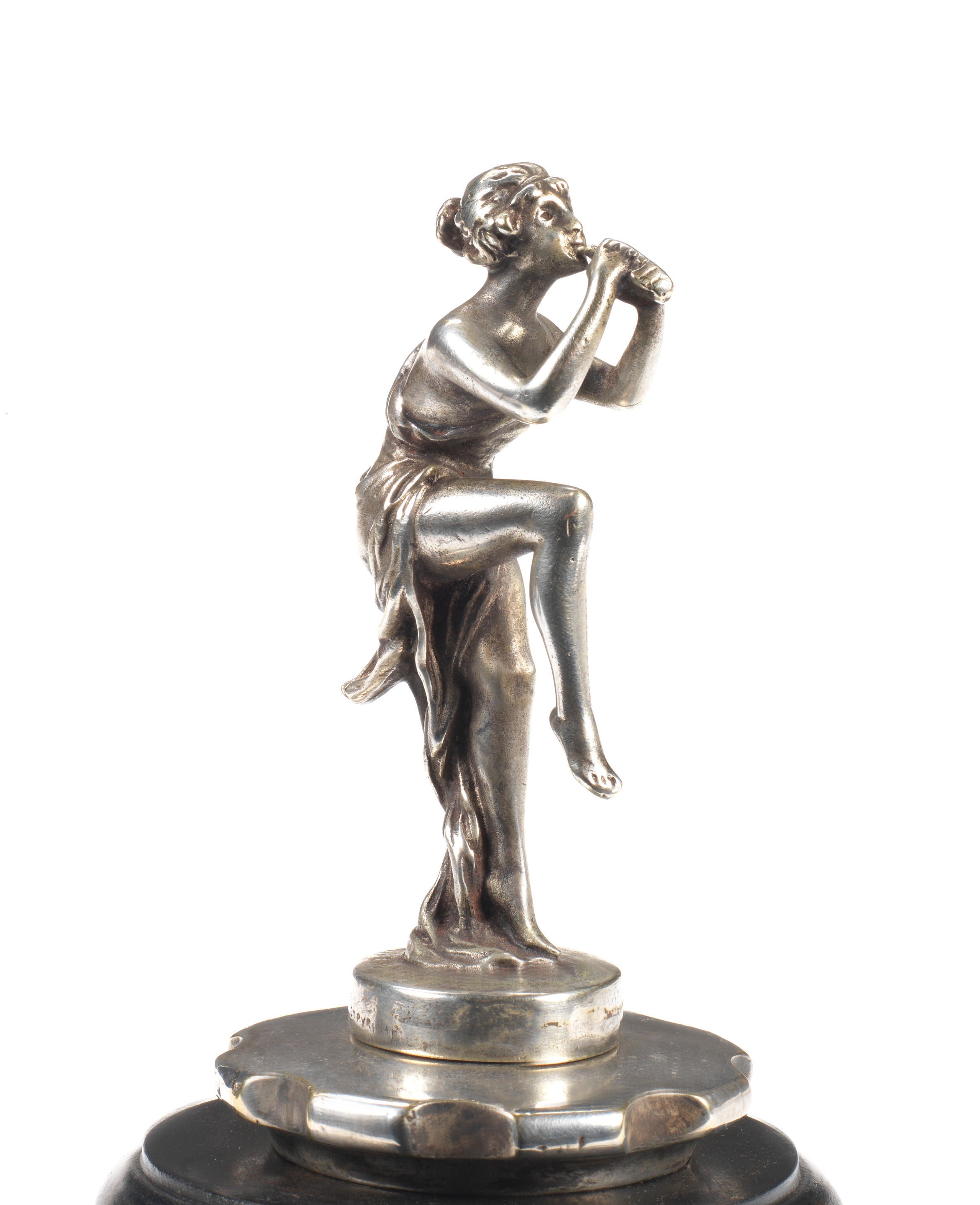
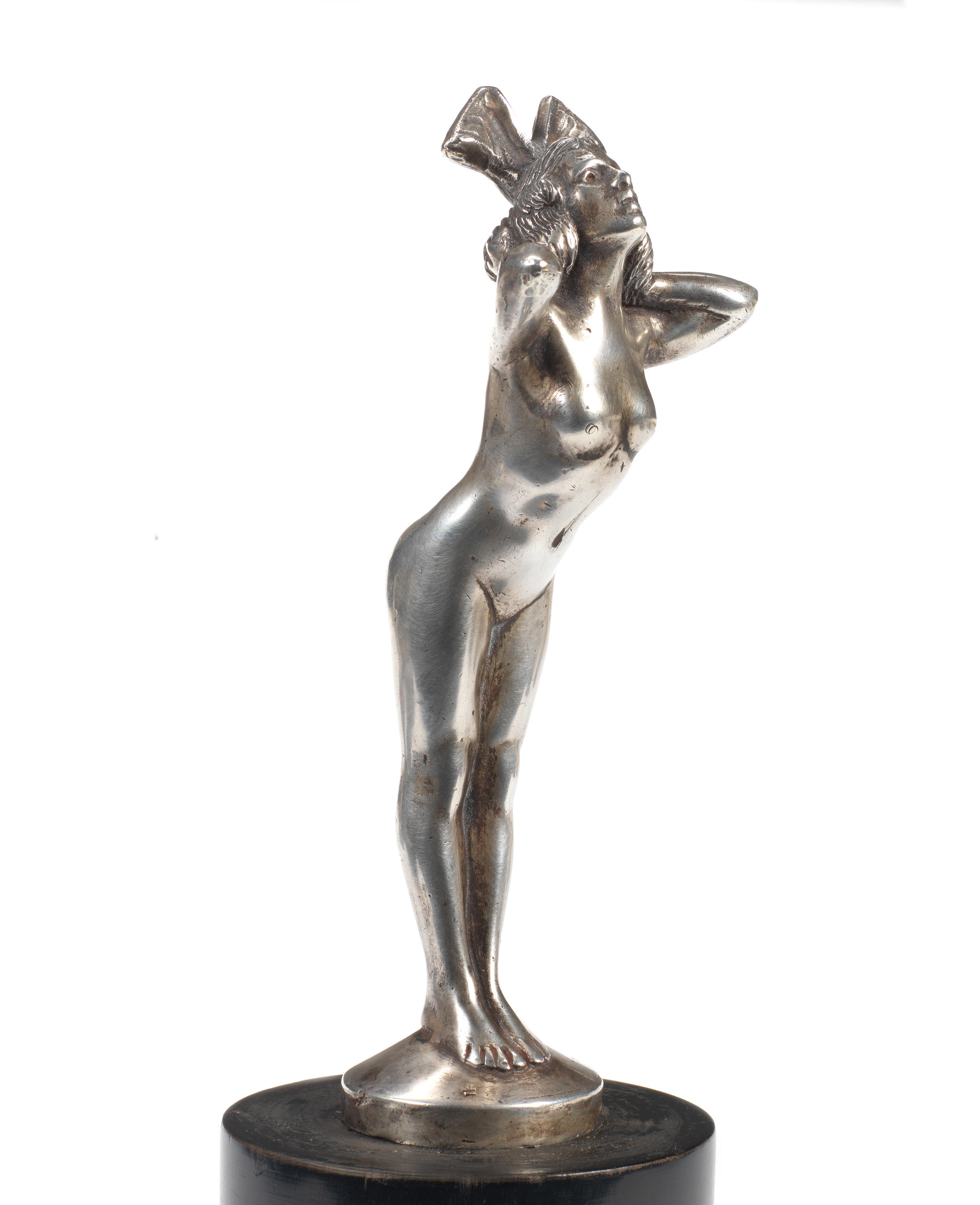
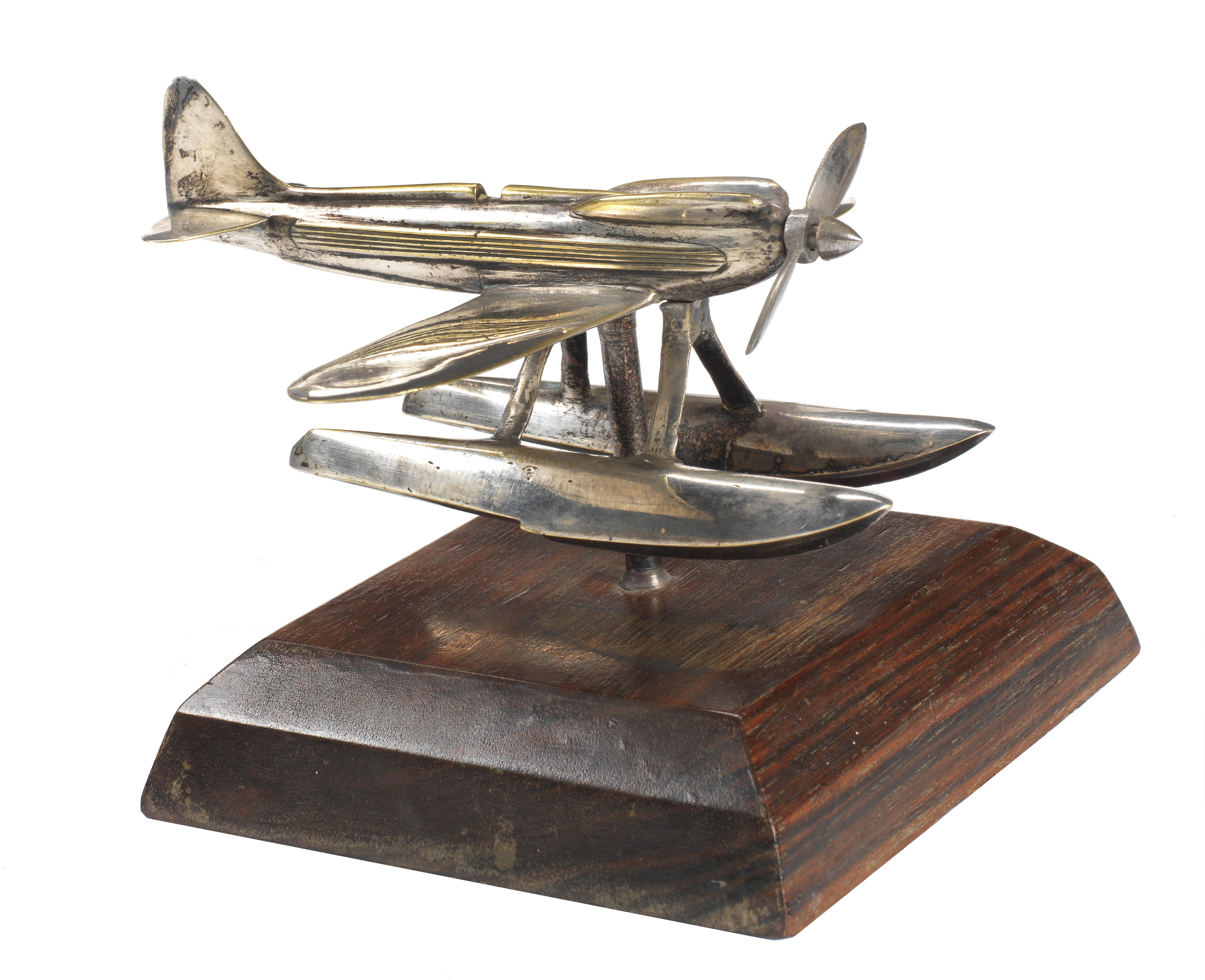
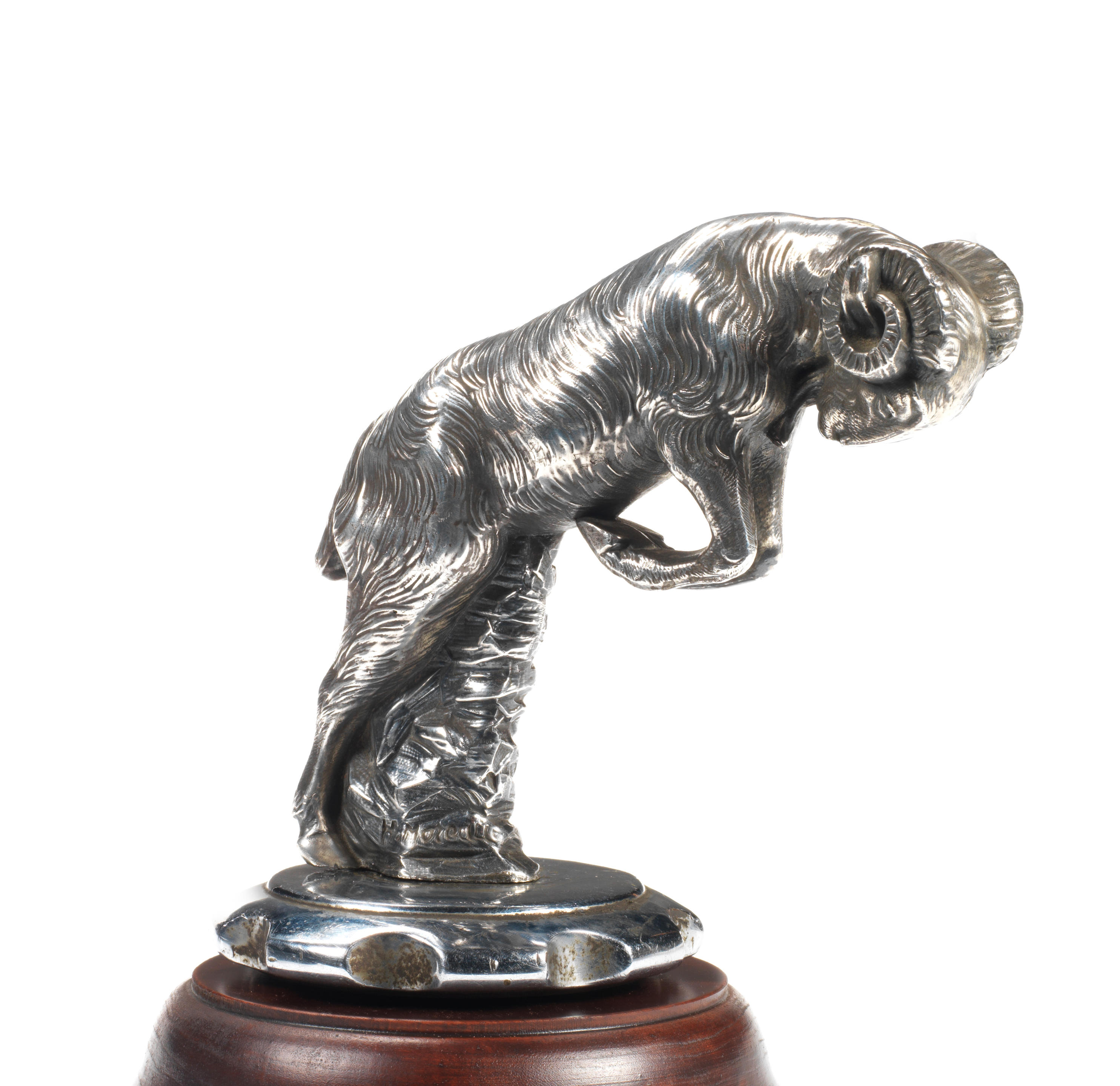
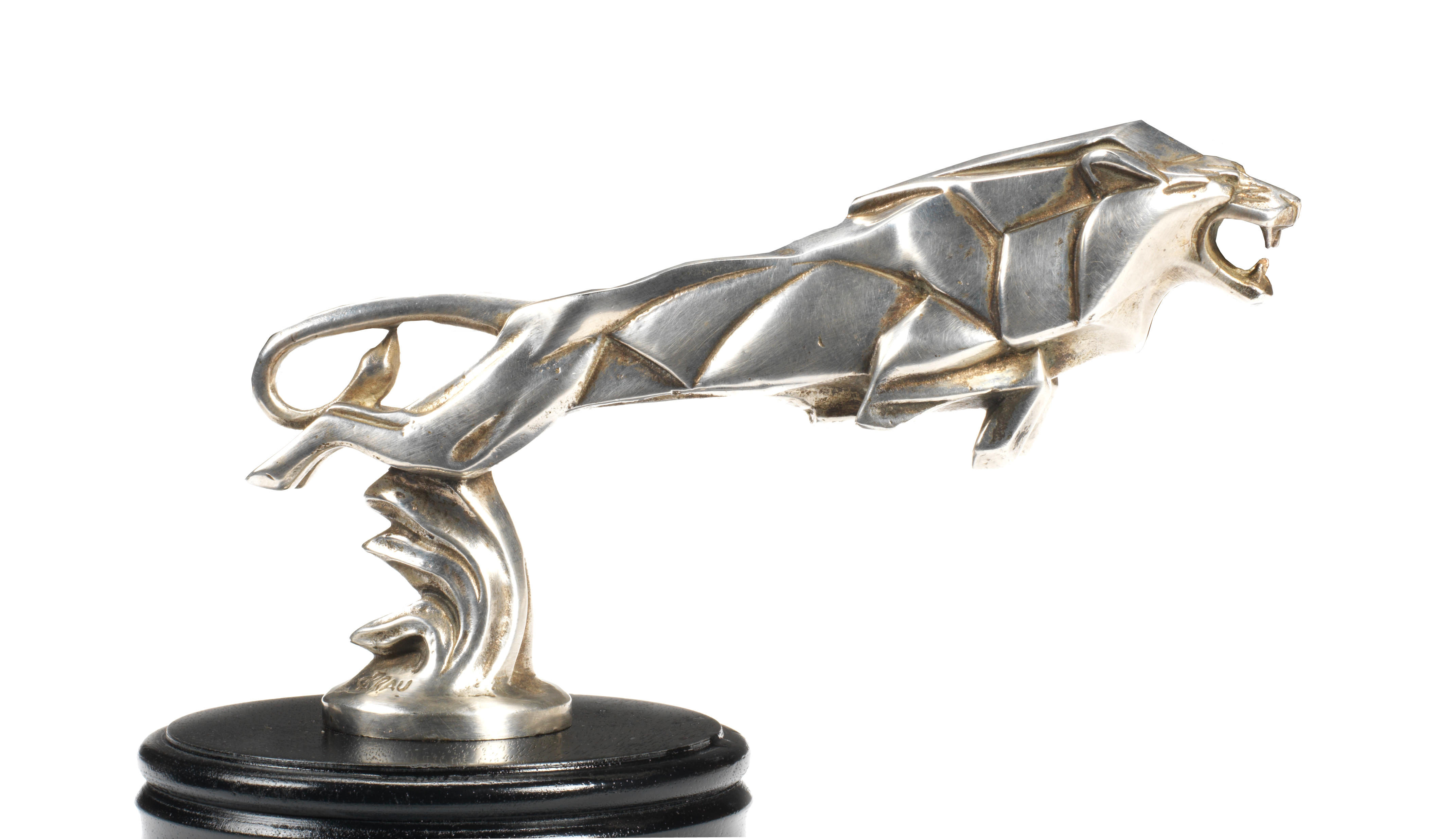
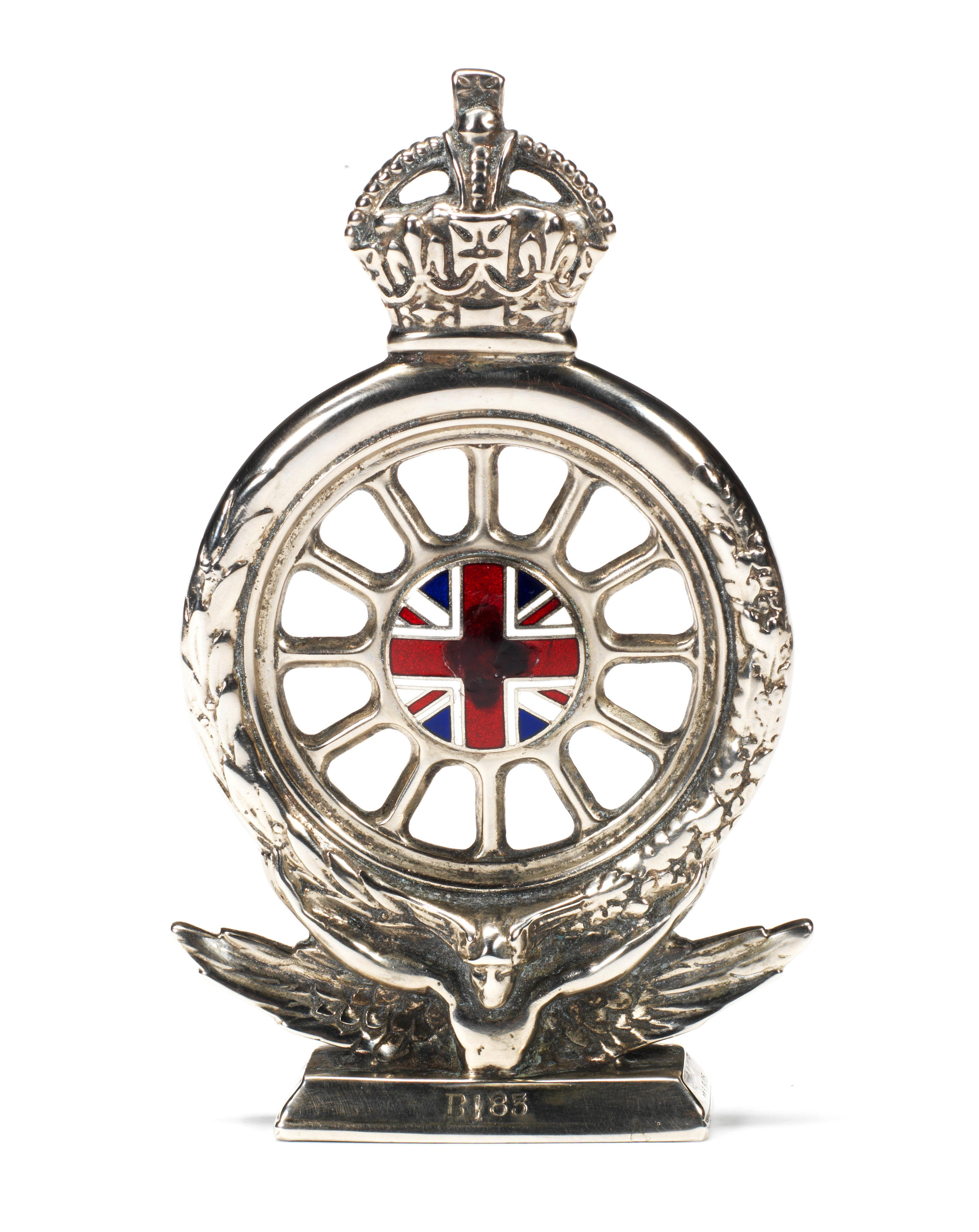
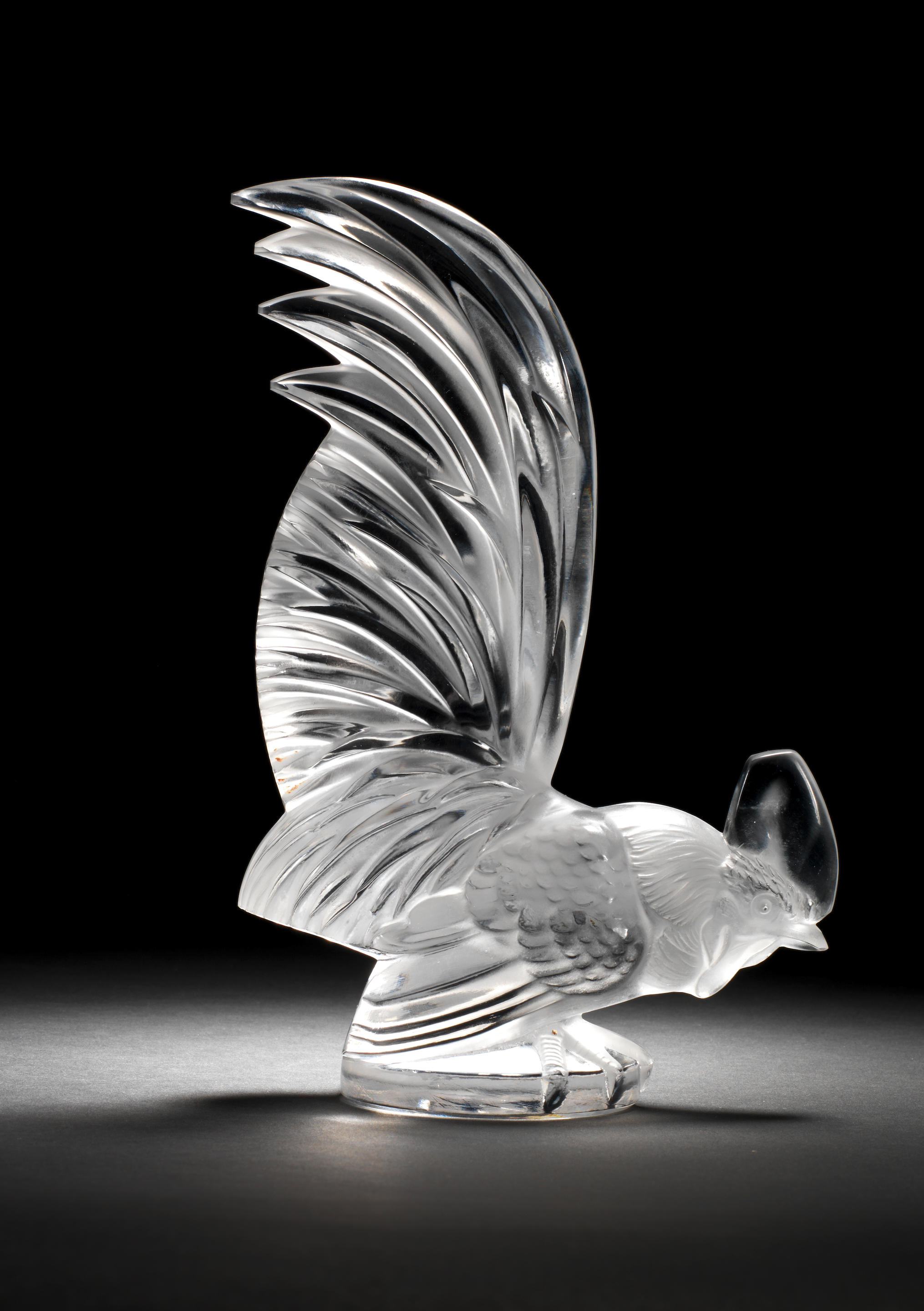
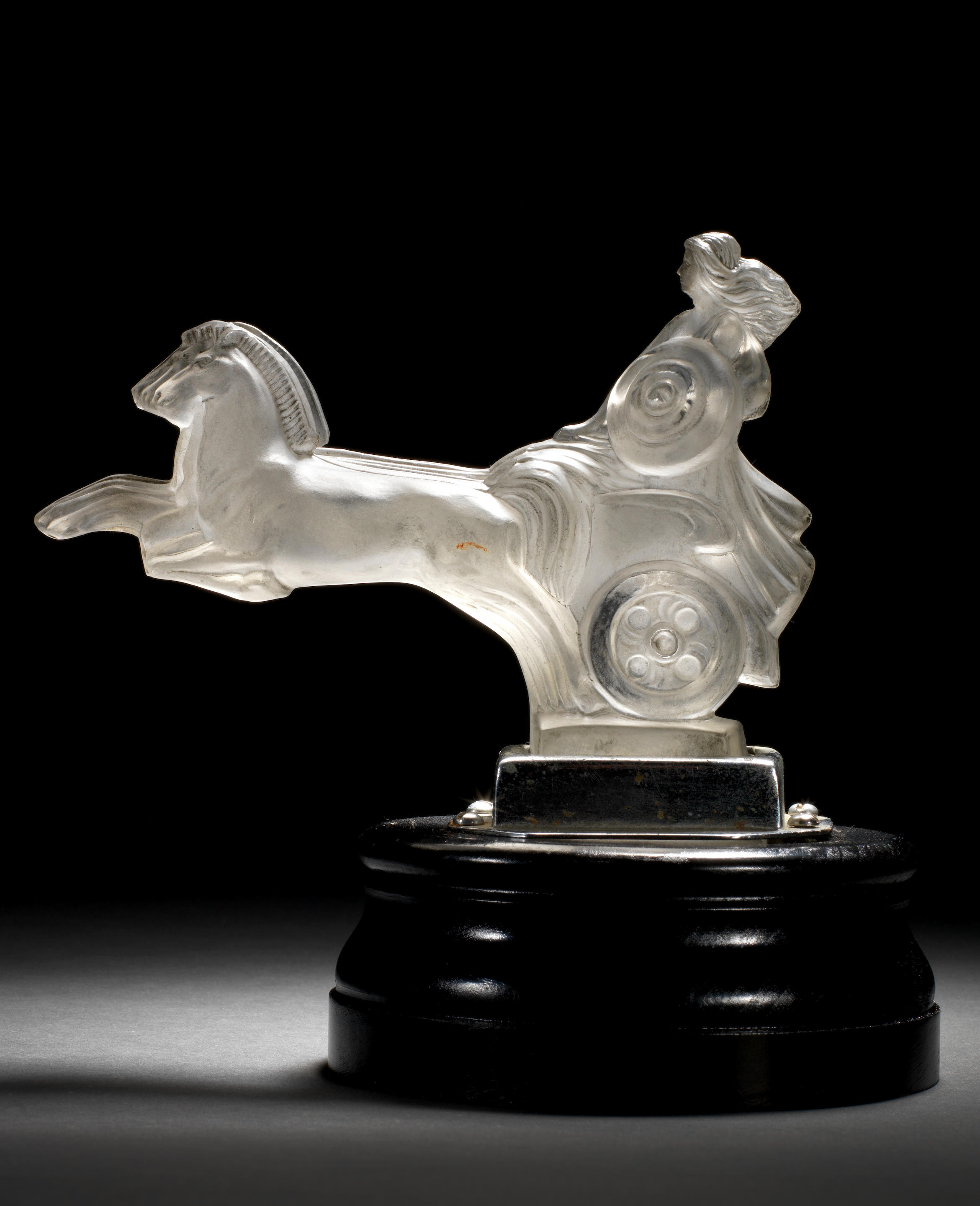


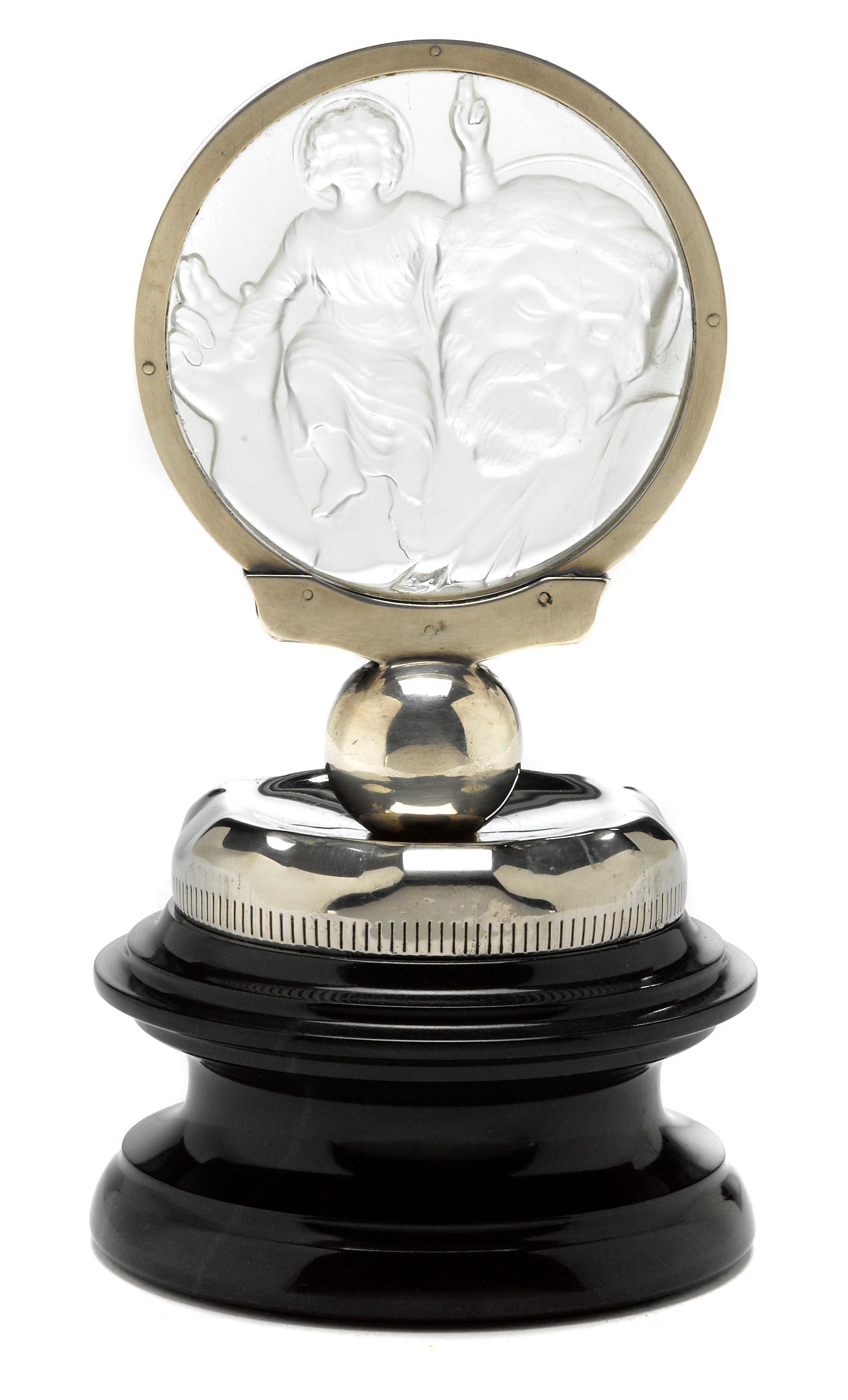
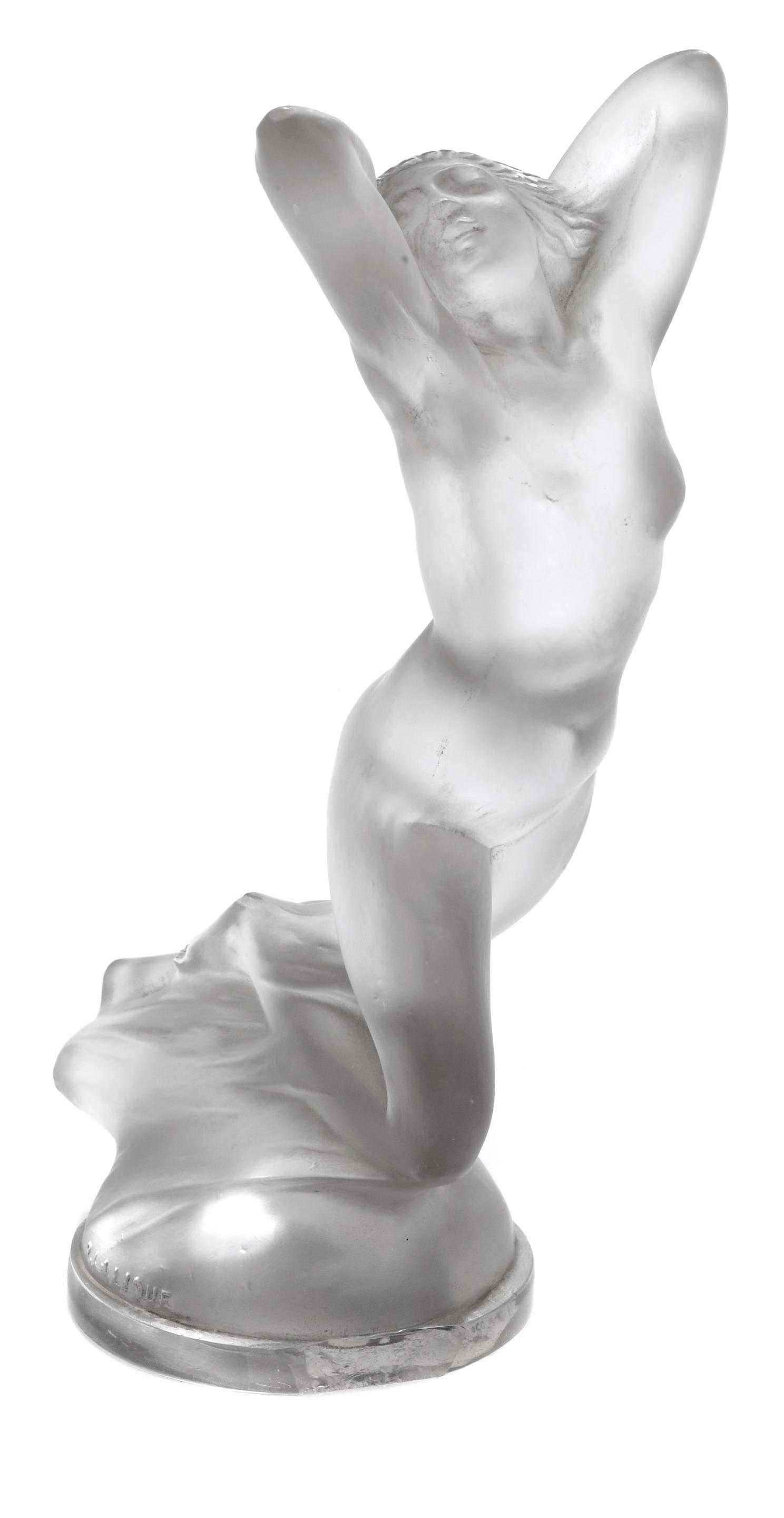
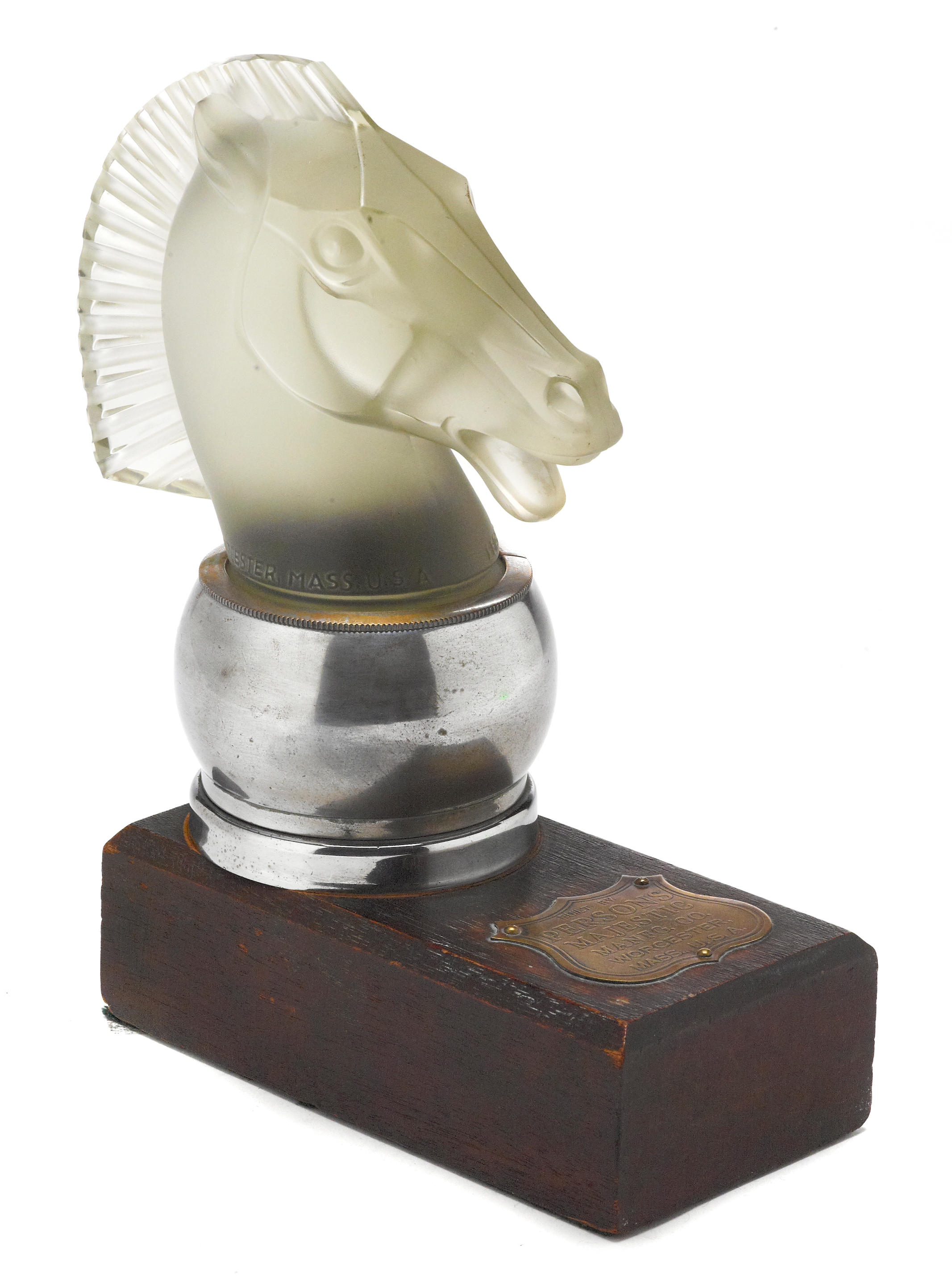
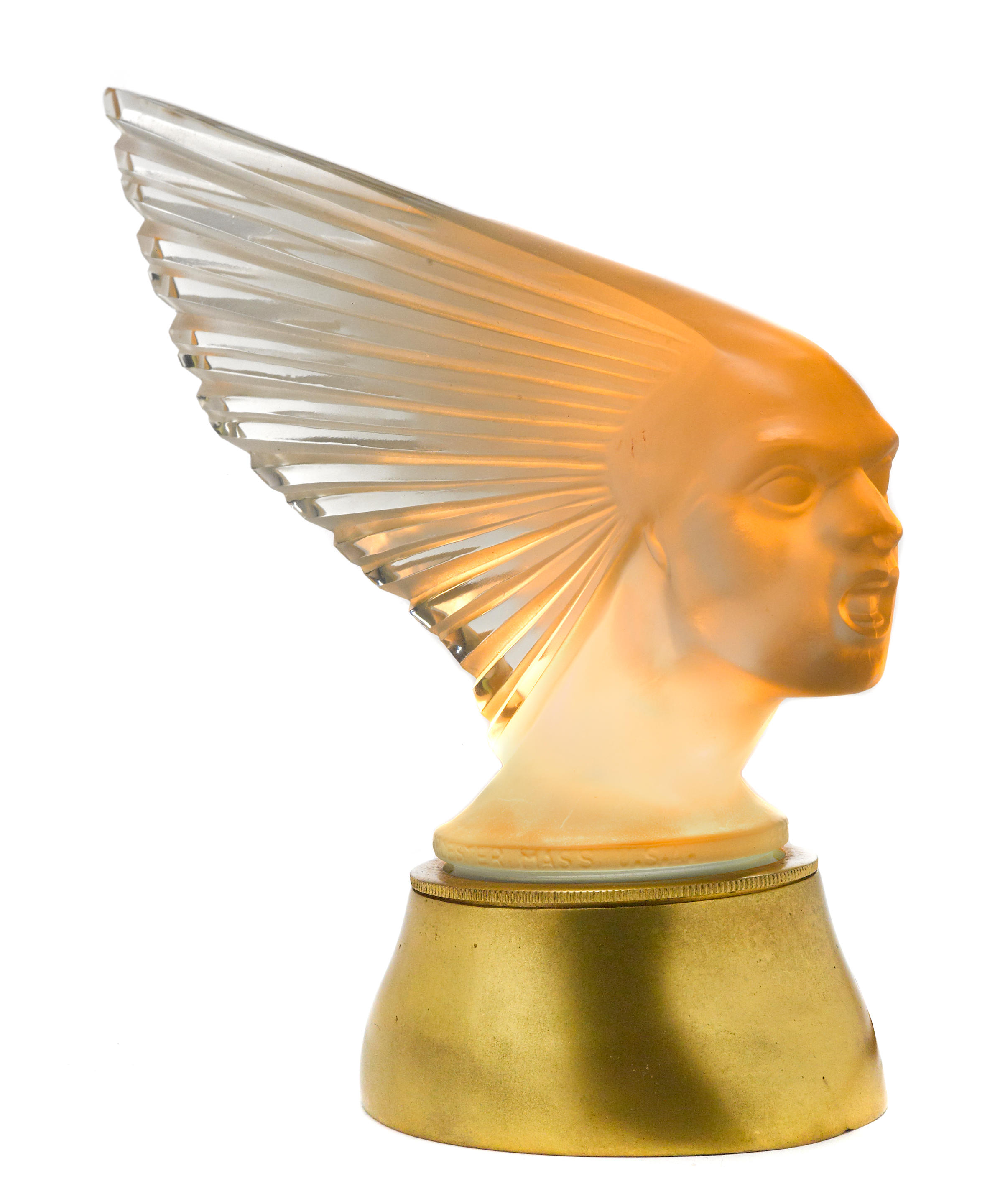
Testen Sie LotSearch und seine Premium-Features 7 Tage - ohne Kosten!
Lassen Sie sich automatisch über neue Objekte in kommenden Auktionen benachrichtigen.
Suchauftrag anlegen